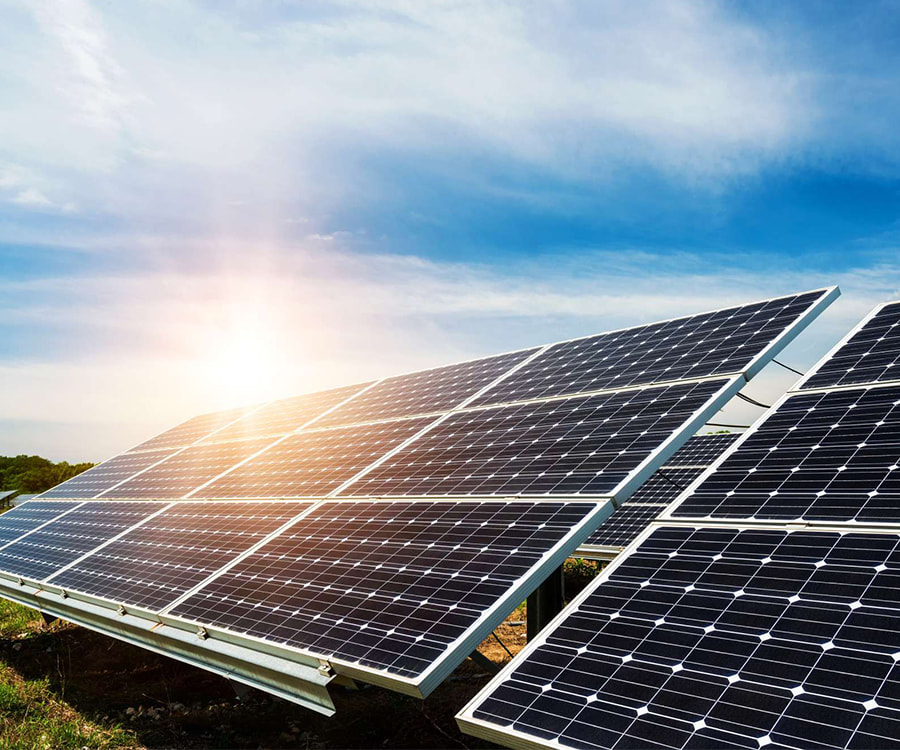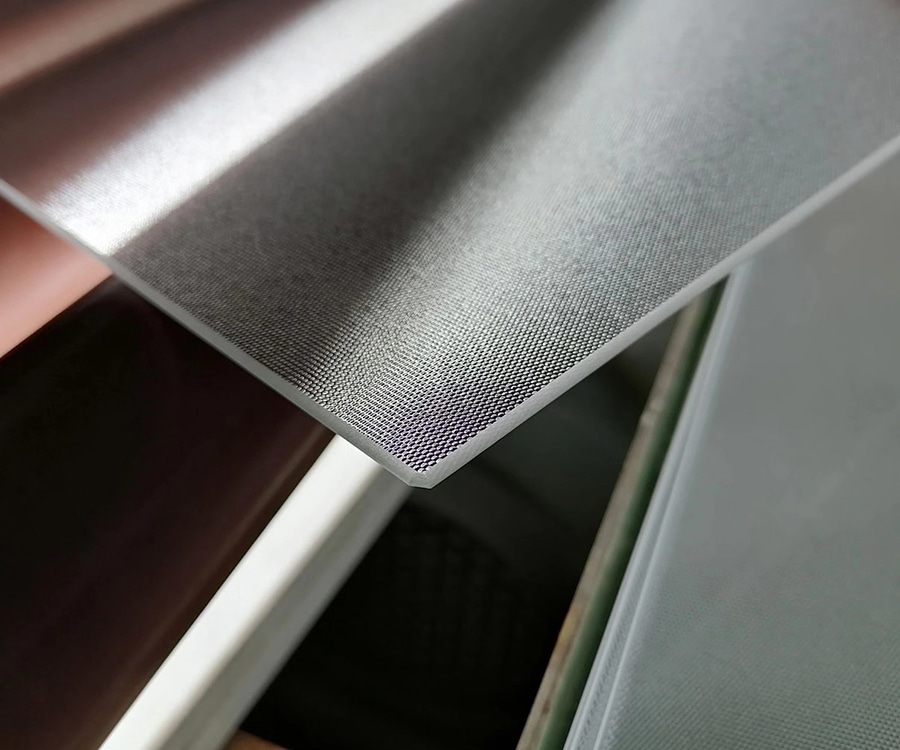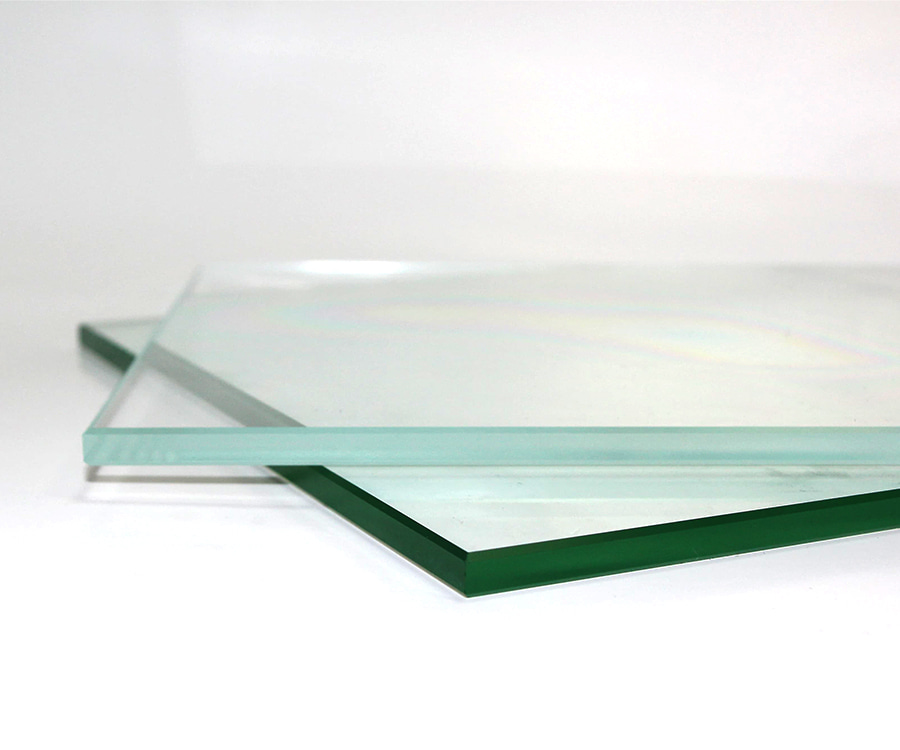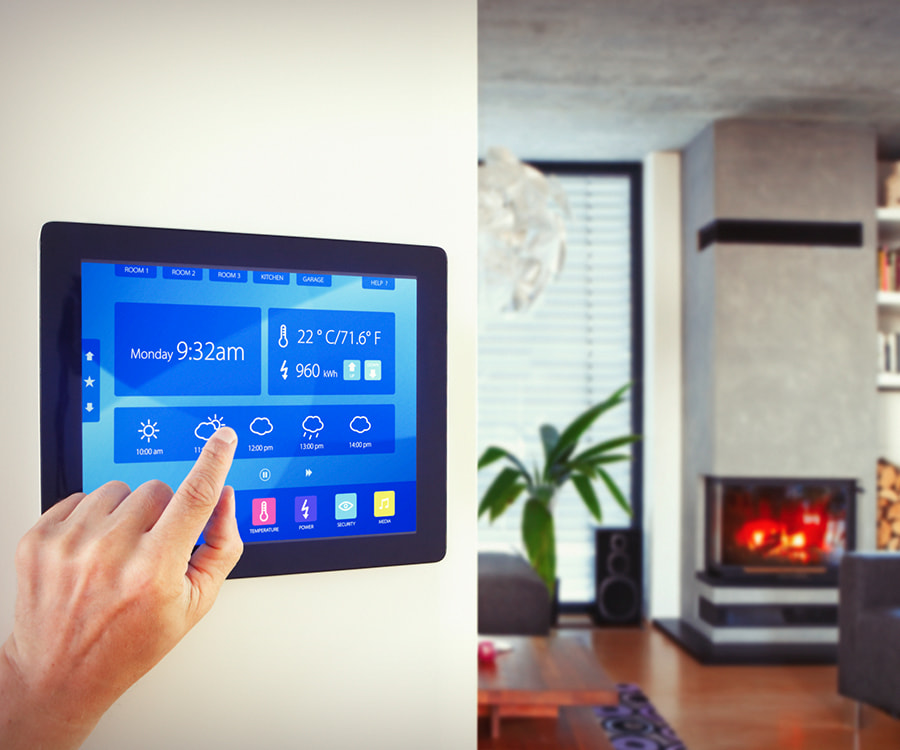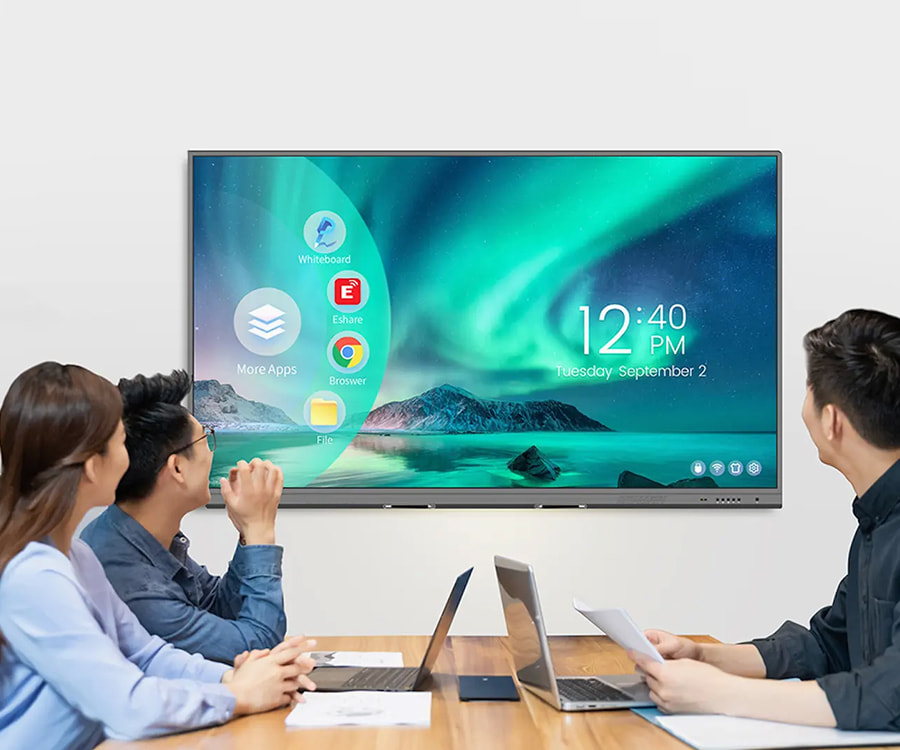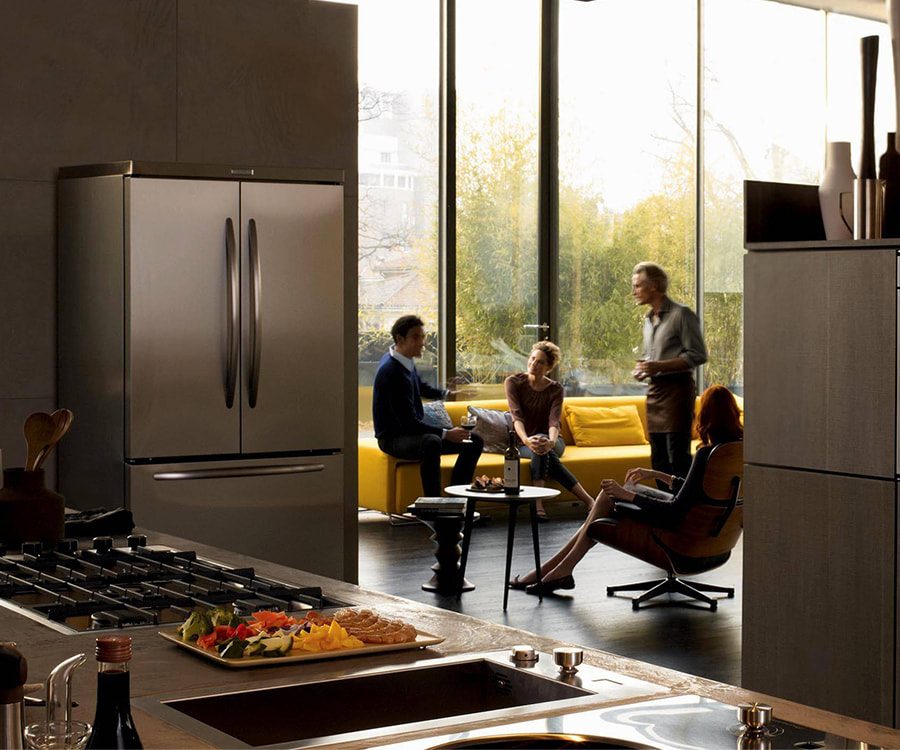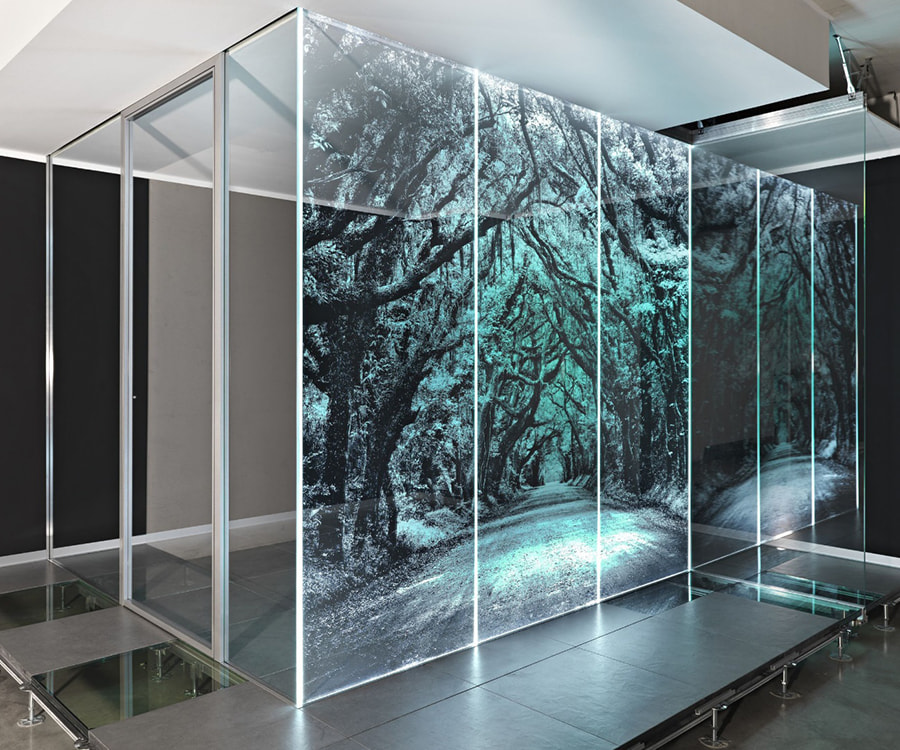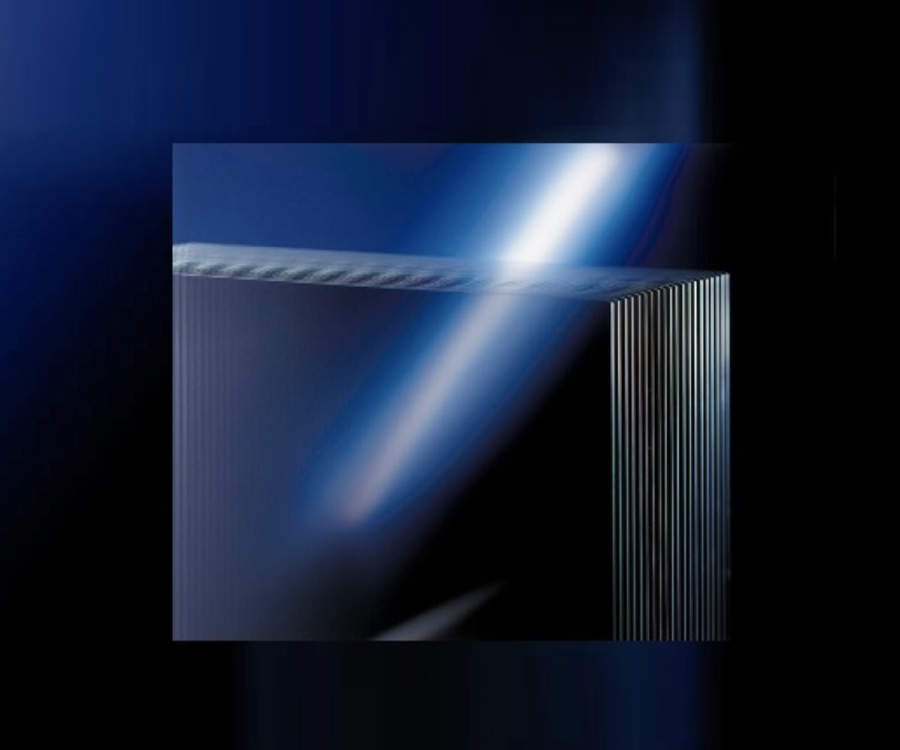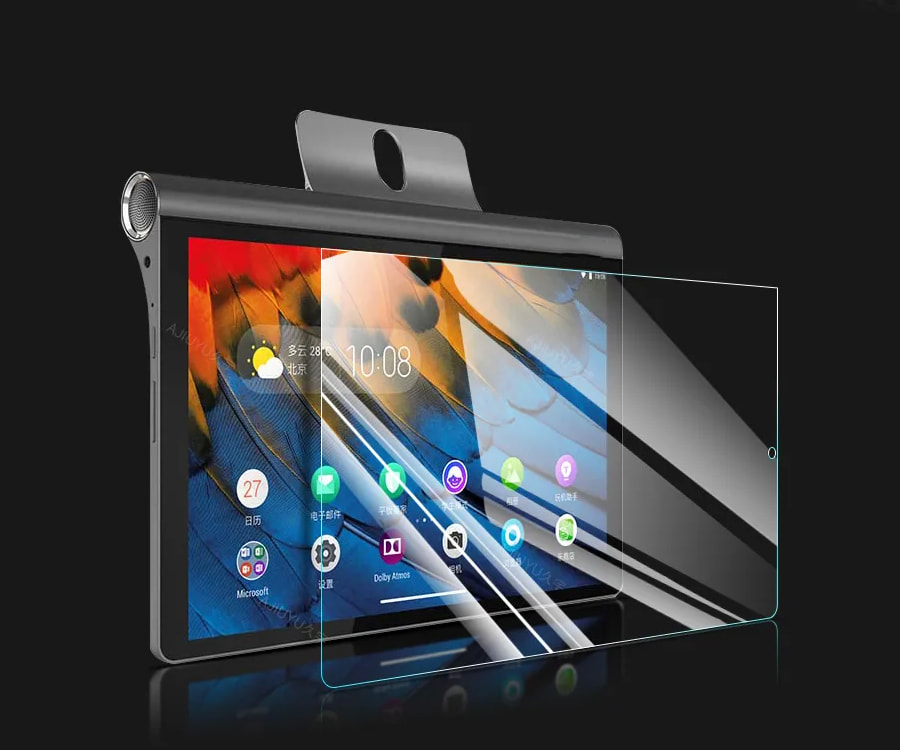Tempering treatment, also known as quenching treatment, is to heat the photovoltaic module backplane glass to close to its softening point, and then quickly cool it, so that the glass surface cools quickly while the inside remains high temperature, thereby forming a layer of compressive stress on the glass surface and tensile stress inside. This unique stress distribution state gives tempered glass excellent physical properties. The tempered glass can resist impact forces far higher than ordinary glass. Even in the face of sudden hail, strong winds and other impacts, it can maintain the integrity of the structure and effectively prevent damage to the photovoltaic module caused by backplane rupture. The surface compressive stress layer of tempered glass enhances its ability to resist stress concentration caused by environmental factors such as temperature changes and humidity fluctuations, thereby extending the service life of photovoltaic modules and ensuring their stable operation under various harsh climate conditions. When tempered glass is broken, due to the release of its internal tensile stress, the fragments will naturally form fine, sharp-angled particles. This "safe breaking" feature greatly reduces the risk of injury caused by splashing fragments, which is crucial to the safety of maintenance personnel and the surrounding environment.
Semi-tempered technology, as a variant of tempered technology, maintains a certain toughness of glass while also giving it a certain impact resistance and weather resistance. This balance gives semi-tempered glass a unique advantage in specific application scenarios. While maintaining sufficient strength, the toughness of semi-tempered glass makes it more adaptable to slight deformations during installation or stress changes during long-term use, reducing the risk of backplane glass breakage caused by improper installation or environmental stress. Compared with fully tempered glass, semi-tempered glass may have a lower production cost, while meeting the basic requirements of most photovoltaic modules for weather resistance and impact resistance, so it is favored in projects that pursue cost-effectiveness.
Choose according to the specific application scenarios of photovoltaic modules (such as geographical location, climatic conditions, etc.). In harsh climatic conditions, it is recommended to give priority to fully tempered backplane glass. The cost of fully tempered backplane glass may be slightly higher than that of semi-tempered or non-tempered backplane glass, so if the cost allows, fully tempered backplane glass is given priority. In addition to weather resistance and impact resistance, other properties of backplane glass (such as transmittance, reflectivity, weight, etc.) need to be considered to ensure that the overall performance of photovoltaic modules is optimized.
For photovoltaic modules that require higher weather resistance and impact resistance, it is recommended to choose photovoltaic module backplane glass processed by tempered or semi-tempered technology. Among them, fully tempered backplane glass is more superior in performance, but the cost is relatively high; while semi-tempered backplane glass is a more cost-effective choice.


